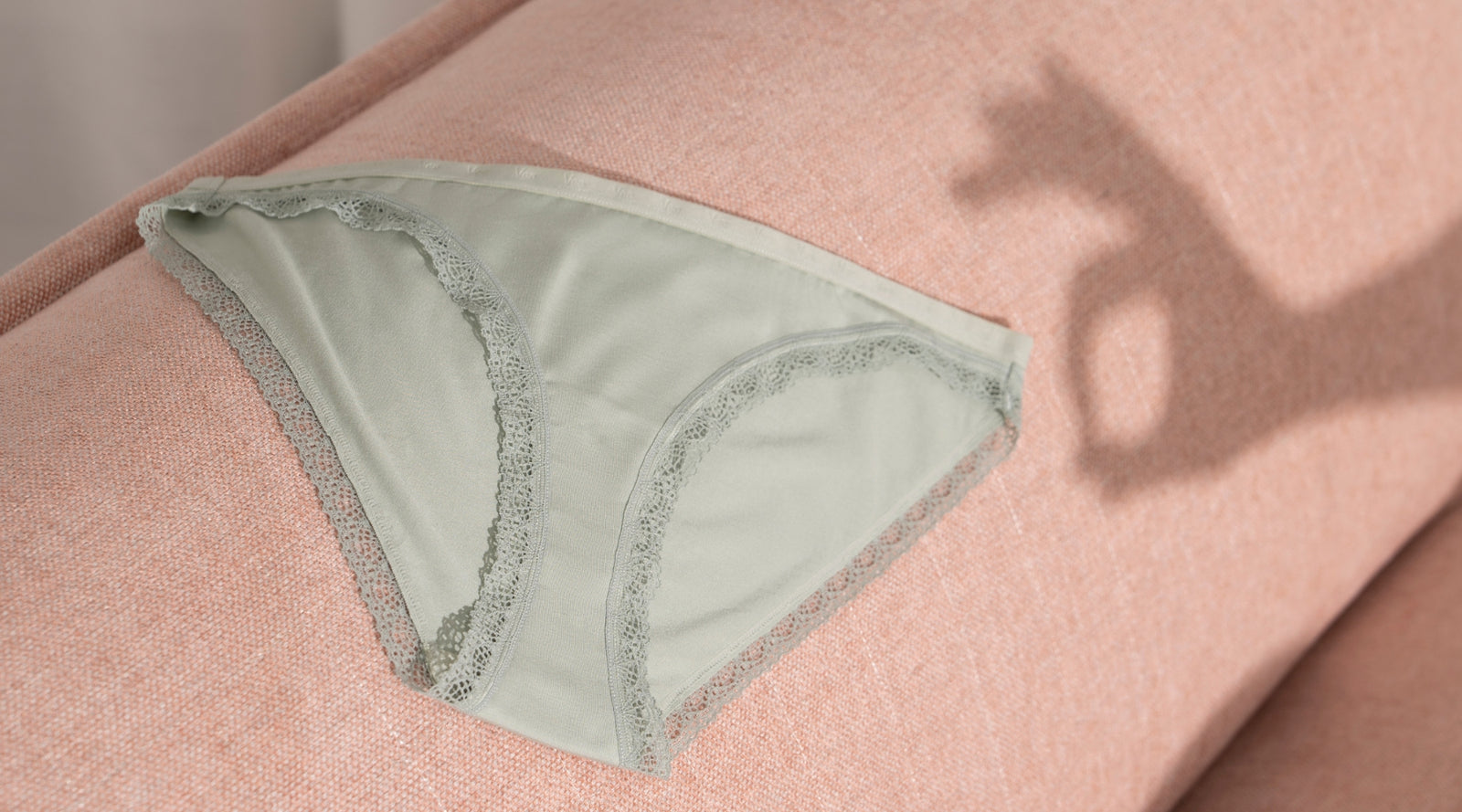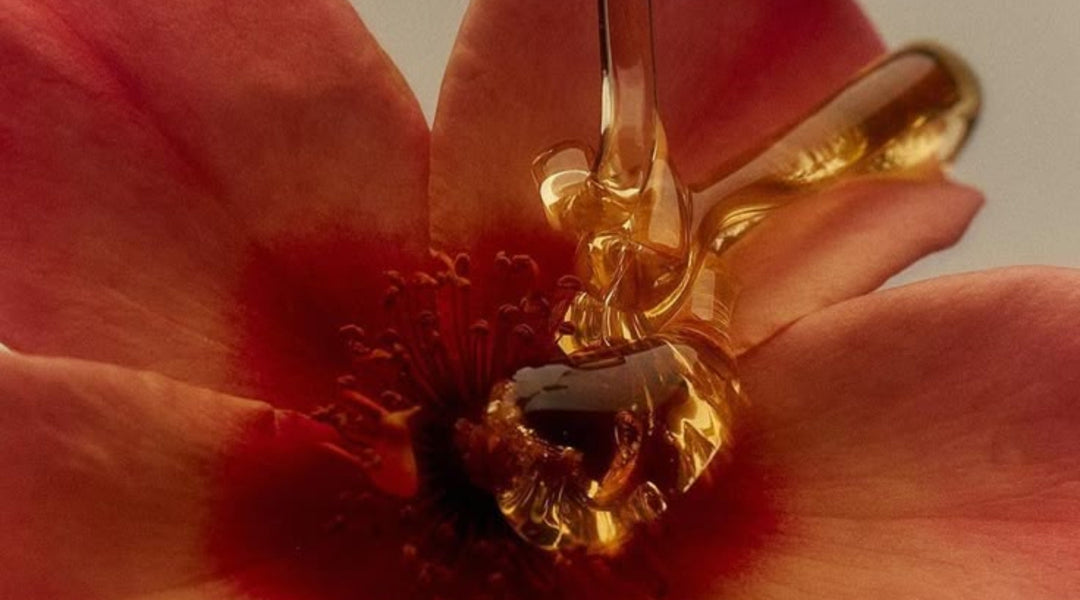5 Eco-Friendly Swaps for Conscious Consumers

Oh, hey Earth babes! None of us are perfect. Sometimes we don’t use our Keep Cup or forget our reusable shopping bags and that’s OK! We’ve got your back with a sustainable starter pack that features five easy swaps to start living a greener life - without the judgement.
Everyone wants to be kinder to the environment, but most of us don’t know where to start.
To live more sustainably, you don’t need to throw out all of your products (that would be wasteful) and start making your shampoo from scratch. It can be as simple as revisiting the brands you choose for your everyday purchases - from your morning coffee to your afternoon poop (oh, we went there). Most likely, there will be a trendy alternative all dressed up in recyclable packaging for you to get excited about.
It’s time to use your consumer dollar for good. Here are five small swaps which will have a big impact on your environmental footprint.
Beeswax Wraps
 Cling wrap is holding onto its kitchen throne like that crazy ex. But we’re here to tell them to move on, there’s a new hunk in town. Beeswax wraps and other reusable food wraps are an easy replacement for their more damaging counterparts.
Cling wrap is holding onto its kitchen throne like that crazy ex. But we’re here to tell them to move on, there’s a new hunk in town. Beeswax wraps and other reusable food wraps are an easy replacement for their more damaging counterparts.
Did you know the slick, transparent film which has been wrapping your sandwiches and leftovers up for generations was actually a chemical mistake? This leftover residue was originally used to line military boots and planes before lining your third-from-the-bottom kitchen drawer. Besides that, it’s difficult to recycle and, as it does break down, it releases harmful chemicals into the environment. All a big N-O from our eco-conscious warriors.
Instead, look for brands like SUSTOMi, who are here to kick cling wrap to the curb. Their beeswax wraps are 100% reusable for decades, or they’re 100% biodegradable. Besides doing no harm to the earth, they’re also doing no harm to our eyes. You can choose from a heap of different patterns and colours, which will make your fridge much more colourful (and hide your sad first attempt at nanna’s quiche).
So don’t be a fool, wrap your … fruits, veggies, bowls, sandwiches. Literally anything you can think of.
Nail Polish
Did you know the chemicals in commercial nail polish are actually pretty bad for you? And all that time you’ve been painting your nails, that polish was most likely put on the market without ever being tested for safety? Crikey!
Enter HANAMI Cosmetics, who have made it their mission to save the planet, save the animals and save your nails. They’ve taken all your favourite colours and removed all your least favourite chemicals like formaldehyde, dibutyl phthalate (we can’t pronounce that either), parabens and all the other nasties doing bad things to your body. In just over three years, this vegan and cruelty-free brand has released a large range of nail polishes, water-based removers, cosmetics and more. Check out their products here.
Plus! HANAMI donates $1 from every purchase to Humane Research Australia (HRA) which is a not-for-profit which challenges animal experiments and promotes more humane research methods.
Deodorant

Regular antiperspirants use aluminium salts to block your pores to stop BO, but it also stops your body’s natural sweating process. These salts clog lymph nodes in your pits and could be linked to breast cancer. But sweaty people rejoice because Woohoo Body has created a unicorn. A 100% natural deodorant that actually works. It’s a 100% organic, cruelty-free, toxin-free alternative which is guaranteed to keep you smelling fresh.
Bonus: Woohoo deodorant can be used under your bra bands AND on your feet to avoid sockless situations. And since one jar lasts up to five months, it’s good for the financially-conscious as well.
Active Wear
Let’s save the planet in our active wear, active wear, active wear.
Sustainable fashion brand, Team Timbuktu is team Earth for sure. They take plastics from our landfills and oceans and recycle them into super trendy activewear you can move around in at the next Climate Justice protest.
Did you know the global fashion industry produces more CO2 emissions than all international flights and shipping put together? Sustainable fashion has never been more important, and Team Timbuktu is making sure it’s never looked more amazing.
To learn more about how they turn the ocean’s plastics into your sports jackets, read more here. And don’t worry, they look good enough to buy your groceries in it on those days we have all good intentions to work out… we don’t judge.
Bamboo Underwear (Vee!)
Move over non-organic cotton, there’s a new environmental champion in town. Bamboo is not just great for your vaginal health, it’s also great for the health of the planet.
Vee’s bamboo fabric is made using a closed-loop production system which means any organic chemicals used to produce the fabric are used again and again so no chemical waste is released into the environment. And your ass-thetically pleasing pair of Vee’s is also 100% biodegradable.
If you swap from other materials to bamboo, you’re helping reduce water consumption since bamboo uses, on average, one third the amount of water to grow compared to alternative fabrics such as cotton. AND did you know your sleek new bamboo Gstring helped produce 35% more oxygen than other equivalent trees before it made your butt look 35% more amazing?
If that’s not a breath of fresh air in your downstairs department, then we don’t know what is. Shop Vee’s eco-friendly, vagina-friendly products here.
OK Earth babes, there you have it! Vee’s sustainable starter pack has five easy swaps to start living a greener life. Reducing your footprint doesn’t have to be difficult, and with brands like the above available, making the swap can be easy peasy.
Good Luck,
xx
References
https://www.theguardian.com/environment/2019/jul/05/toilet-paper-less-sustainable-researchers-warn
https://www.livescience.com/50917-the-hidden-risks-in-nail-polish.html




